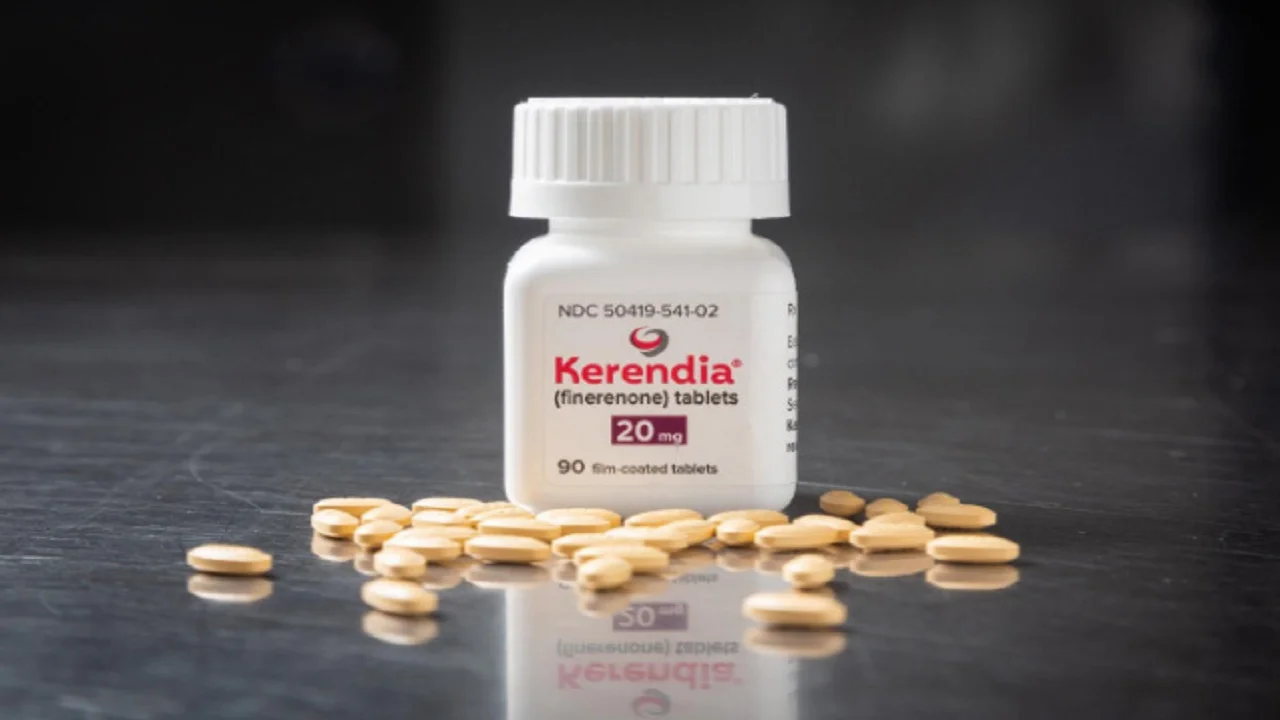
Aortic Valve Disease, TAVR, and the HF Patient: Key Points
The following are key points to remember from a state-of-the-art review on aortic valve disease, transcatheter aortic valve replacement (TAVR), and the heart failure (HF) patient:
- Whether occurring when HF develops because of aortic stenosis (AS) or when progressive AS develops in a patient with pre-existing HF, the co-occurrence of HF and AS is associated with high rates of mortality and morbidity.
- Patient selection:
- TAVR is a reliable treatment option for patients who previously were felt to be inoperable.
- Severe AS is staged based on HF symptoms, left ventricular ejection fraction (LVEF), and surgical risk. AS can be further classified based on cardiac damage reflected by valvular regurgitation, atrial fibrillation, and/or right ventricular dysfunction.
- Multimodality imaging can help identify patients who would benefit from intervention prior to irreversible structural damage, including the use of cardiac magnetic resonance imaging to identify myocardial fibrosis or imaging to identify severe LV hypertrophy or abnormal global longitudinal strain (GLS).
- Low flow (LF; stroke volume index <35 mL/m2 or mean transvalvular flow rate <210 mL/s) is an independent risk factor for increased mortality in patients with AS. Current guidelines recommend intervention for classical LF low-gradient (LG) AS and paradoxical LFLG AS if it is thought to be the cause of symptoms. Normal-flow LG AS with preserved LVEF is common and represents a heterogenous group of patients who may present with HF.
- Patients with HF and LV dysfunction with moderate AS are at higher risk of death compared to those with normal LVEF.
- TAVR is infrequently used in patients with isolated aortic regurgitation (AR) due to challenges with valve anchoring in the absence of significant calcification, frequent aortic root and ascending aorta dilation, and increased systolic stroke volume.
- Cardiac amyloidosis. Approximately one in eight patients with AS referred for TAVR has concomitant cardiac amyloidosis (most commonly transthyretin amyloidosis, whereas AL amyloidosis rarely is seen in patients with AS). Suspicion for amyloidosis should be raised with a history of carpal tunnel syndrome, lumbar spinal stenosis, or disproportionate HF symptoms and elevated natriuretic peptide levels; conduction abnormalities; low voltage disproportionate to LV wall thickness; or classical or paradoxical LFLG AS. Outcomes after intervention in general are poor, although TAVR might be better tolerated than surgical aortic valve replacement (SAVR); however, rapid pacing is poorly tolerated among patients with cardiac amyloidosis.
- Hypertrophic cardiomyopathy (HCM). TAVR in patients with HCM can cause an abrupt decrease in afterload, resulting in dynamic subvalvular outflow obstruction and hemodynamic collapse. Surgical myectomy and SAVR should be primarily considered for intervention; among patients with high surgical risk, alcohol septal ablation later followed by TAVR is recommended.
- Bicuspid aortic valve. Compared to patients with trileaflet AS, patients with bicuspid AS have more marked LV remodeling resulting in a higher incidence of post-intervention admissions for HF. Higher LV mass and lower LV GLS may help identify patients at higher risk and in whom earlier intervention might prevent LV dysfunction. TAVR is more technically challenging in patients with bicuspid AS owing to heavier calcification and a noncircular LV outflow tract.
- Concomitant valve disease:
- Mitral regurgitation (MR) and functional MR are common and often improve following TAVR; LV dysfunction and the absence of atrial fibrillation and pulmonary hypertension are associated with improvement in MR.
- Severe mitral stenosis (MS) is associated with increased mortality and HF hospitalizations in patients with severe AS, but treating MS before AS requires caution owing to a sudden increase in preload resulting in severe pulmonary edema.
- Tricuspid regurgitation (TR) is common among patients undergoing TAVR and often improves after TAVR; moderate to severe TR prior to intervention is associated with increased mortality after TAVR.
- Consideration for transplantation/LV assist device (LVAD). Rather than aortic valve replacement, heart transplantation may be appropriate in patients with severe AS, severe LV dysfunction, and coexisting coronary artery disease (CAD) with prior myocardial infarction or requiring ≥3 bypass grafts. Conversely, patients with severe AS and severe LV dysfunction and no CAD have equal or better outcomes after aortic valve intervention.
- AR after LVAD. Surgical correction may be needed for > mild AR after LVAD, and TAVR compared to SAVR after LVAD implantation may be associated with lower odds of adverse clinical events.
- Medical management before TAVR. The institution of pre-procedural guideline-directed medical therapy for HF, including sodium glucose transport 2 inhibitors, renin-angiotensin-aldosterone system inhibitors, and beta-adrenergic blockers, may help reduce the residual risk of HF hospitalization after TAVR.
- Cardiogenic shock. Although associated with higher complications compared to elective TAVR, TAVR is a feasible option in the management of patients with AS presenting with cardiogenic shock.
- HF after TAVR. HF readmissions are common after TAVR but potentially reduced by identifying patients at high risk, instituting close follow-up after TAVR, and treatment after TAVR with renin-angiotensin-aldosterone system inhibitors.
- Paravalvular leak (PVL). Moderate to severe PVL after SAVR or TAVR is associated with increased mortality and HF admissions. ACC/AHA guidelines support the surgical repair of PVL; it is reasonable to consider percutaneous repair in patients with appropriate anatomy and intractable hemolysis or clinical HF or prohibitive surgical risk.







